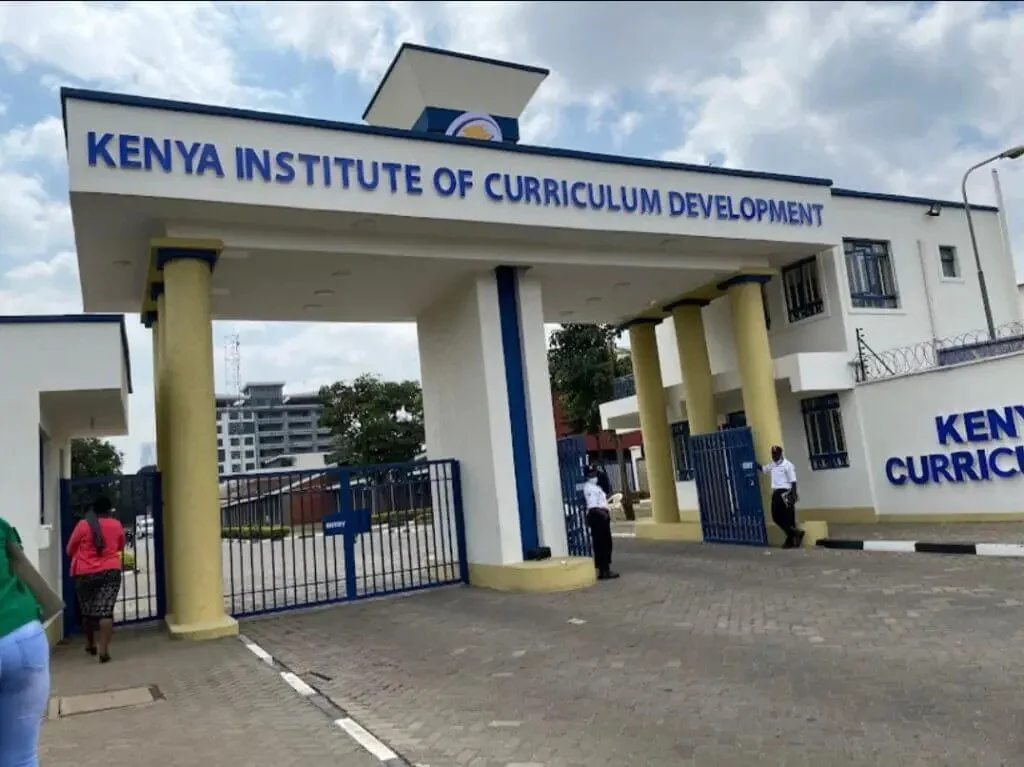By Roy Hezron
Parental involvement through giving the right background information about the learner, follow-up on the child’s school attendance with teachers and tracking of the learner’s school records by parents and guardians have been identified as paramount activities in solving challenges when identifying and supporting learners with learning difficulties.
According to a recent national survey carried out by the Kenya Institute of Special Education (KISE) on The Role of Teachers in Identification and Support for Learners with Learning Disabilities in Public Primary Schools in Kenya, teachers indicated that parental involvement, time constraints, learner’s absenteeism, inadequate knowledge, teaching and learning materials are the major challenges encountered in the process of identifying and supporting learners with learning difficulties.
“Teachers also emphasized the need for parents/guardians to follow up on their child’s attendance so as to limit issues of absenteeism and therefore make it easy to track progress and identify any learning difficulties,” reads a section of the survey report.
The teachers also cited lack of support, poor cooperation, negative attitude and denial by parents that their child has learning difficulties.
The nationwide survey was conducted in collaboration with the Ministry of Education, Teachers Service Commission (TSC), Kenya National Examination Council (KNEC) and Kenya Institute of Curriculum Development (KICD) between September, 2018 and June, 2019 and availed in May 2020. It was conducted in 23 counties where only teachers of English and Mathematics at grade 3 were targeted. 1,846 teachers in 1,721 public primary schools were interviewed.
The survey findings note that some parents are unaware of their children’s learning struggles and therefore fail to report to school when requested. It also revealed that there was inadequate collaboration between parents and teachers since parents failed to support their children in assignments given by teachers.
The survey find out that 79 per cent of teachers were able to make observations, 12 per cent conducted at least an interview, 21 per cent were involved in testing the learners using general academic tests while 19 per cent attempted to determine the learner’s present level of functioning.
A comprehensive identification of a learner with learning disabilities requires a teacher: to make observations during teaching so as to gather background information, carry out interviews about the learner from fellow learners, parents or guardians, other teachers and peers, conduct informal tests which include developing test, administering, interpreting results and keeping of progress records and finally determining the present level of functioning.
53 per cent of the teachers are able to make observation, 10.4 per cent are able to move to the second step, 10.2 per cent of teachers can move up to the third step and only 6.4 per cent of the teachers can get to the last step. 19.9 per cent were unable to participate in any of the identification activities.
Early identification and prevention efforts depend on proactive approach to the effective teaching of the academic curriculum, systematic screening to identify learners who require additional support, provision of evidence-based interventions and continued supports for those who need them.
The survey found out that 83 per cent of the teachers reported that they gave remedial teaching to learners suspected to have learning difficulties, 72.2 per cent of the teachers gave extra work to the learners, 66.9 per cent of the teachers collaborated with the parents of the learners while 51.3 per cent did guidance and counseling to the learners.
1.1 percent of the teachers admitted that they weren’t sure of the action to take when they suspected a learner had learning difficulties.
The survey also revealed that 7.3 per cent of the teachers made learners suspected to have learning difficulties repeat classes, 15.6 per cent of the teachers referred the learners for specialized assessment while 22.3 per cent of the teachers developed Individualized Educational Programs (IEP) for learners suspected to have learning difficulties.
The best practices in supporting learners with learning difficulties involve designing appropriate remediation strategies based on the learners’ present level of performance as determined by the teacher in the identification process.
The survey report notes that the minimum remediation period for a learner with learning difficulties is six months, after which an individual learner who does not respond to remediation should be referred for specialized assessment for learning disabilities.
However, it was difficult for the survey to determine whether the actions taken by teachers were designed to remediate the difficulties identified and whether the intervention timeframe was appropriate.
Other solutions the survey proposed on the challenges faced in identification of learners with learning disabilities include timely government support, prioritization of sensitization of parents, teachers and education stakeholders on learning difficulties and disabilities in reducing stigmatization associated with learning difficulties; support by teachers in striving to understand their learners’ individual needs so as to offer required individualized support.
It also proposed that there should be guidance and counseling to parents to enable them understand their children. The counseling can also help the learners accept themselves and improve their self-esteem. It also suggested that teachers should be trained in basic assessment skills.
National Joint Committee on Learning Disabilities ([NJCLD], 2005) termed Learning Disability (LD) as a diverse cluster of disorders, which is exhibited by many problems in the learning of reading, writing, speaking and listening skills, math reasoning or abilities and is inherent to an individual and owed to the Central Nervous System Dysfunction.
Learners with LD have average or above average intelligence. However, they may exhibit low concentration span, absence of self-confidence, poor self-esteem, deficient motivation in learning, Attention Deficit Hyperactivity Disorder (ADHD) and conduct disorders which ultimately affect learning (Graham, Collins & Rigby, 2017).





